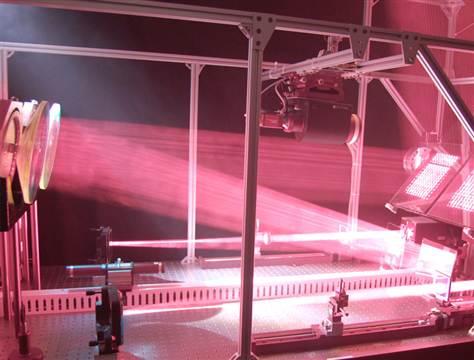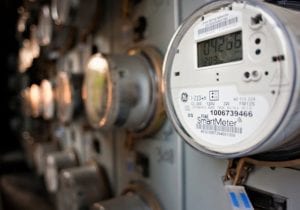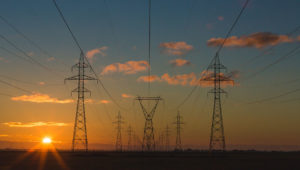Lockheed Martin has been collaborating with a Seattle-based company called LaserMotive to “refuel” electric aircraft in flight using laser beams that charge batteries wirelessly, and the latest round of testing not only met but beat expectations. The test took place indoors but if wireless laser battery charging can prove successful in the field, it would lay the groundwork for a new generation of electric aircraft as well as vehicles and robotic systems, too.
Green Jobs for Rechargeable Robots
Before we get into the nitty-gritty of LaserMotive’s wireless system, consider the implications of wireless recharging for vehicles as well as aircraft and also for the next big thing: robots.
Robotic devices are already commonplace in factories and warehouses, and they are being eyeballed for widespread application in the health care field, too. A wireless recharging system would have obvious benefits in terms of cord-free, flexible performance, and the practical elimination of down time.
Wireless recharging could also have an impact on green jobs for robots, for example in wind turbine and solar panel maintenance where robotic devices can relieve human workers from performing routine or hazardous tasks.
Wireless Laser Charging
According to a recent article in optics.org, LaserMotive’s initial goal was to develop a laser-charging system for a cable-climbing robot, which dovetails with the green jobs angle. However, the immediate aim of Lockheed’s involvement with wireless in-flight recharging has little to do with our sparkling green future and more to do with creating an infinite-flight drone.
To that end, initial testing of the system was conducted on a Stalker UAS (unmanned aerial system), a small surveillance drone that first saw military use in 2006.
As relayed by LaserMotive President Tom Nugent, the laser power system was tested in a wind tunnel and extended the Stalker’s flight time to 48 hours, an improvement of about 2,400 percent.
The flight could have gone on longer but it was halted after the system passed its expected endurance limit, and the battery was found to have store more energy at the end of the test than it had in the beginning. The next step will be a field test outdoors.
Wireless Laser Charging: How it Works
LaserMotive’s system shares some basic characteristics with a solar power array. Instead of sunlight, a high intensity laser beam strikes the photovoltaic cells, which then convert the light to electricity.
The beam could travel to the PV cells through a vacuum or fiber optic cable as well as through plain air.
As for the electricity needed to create the laser beam, that could be generated by conventional fossil fuels or any other source including solar power as well as wind, geothermal, hydropower or any other renewable form of energy.
Among the benefits of wireless charging is the elimination of power lines and the practical elimination of a power transmission infrastructure.
Flexibility can be layered onto the system by designing transmitters to be mobile or transportable, too.
Source: Clean Technica (http://s.tt/1iO8Q) – Reproduced with permission.










